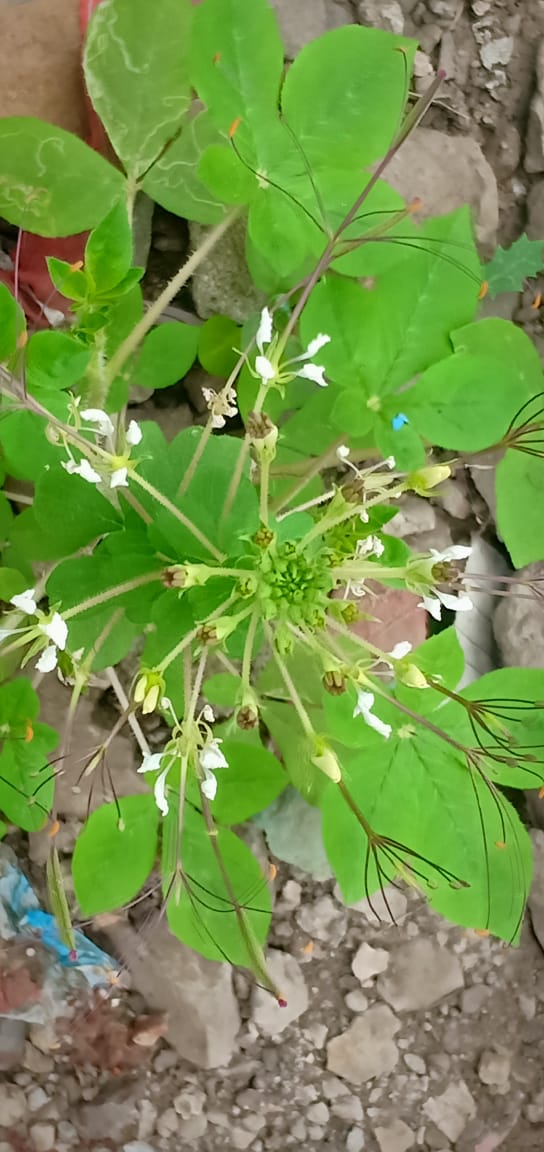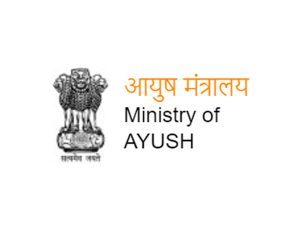A herb used for taste and Medicine :Himalayan wild mustard
8 min read
Himalayan wild Mustard or Asian spider flower or Jakhya is a usually tall annual herb, up to a meter high, more or less hairy with glandular and eglandular hairs. Leaves are digitately compound, with 3-5 leaflets. Leaflets are obovate, elliptic-oblong, very variable in size, often 2-4 cm long, 1.5-2.5 cm broad, middle one largest; petiole up to 5 cm long. Racemes elongated, up to 30 cm long, with corym¬bose flowers at the top and elongated mature fruits below, bracteate. Flowers 10-15 mm across, whitish or yellowish; pedicels 6-20 mm long; bracts foliaceous. Sepals oblong-lanceolate, 3-4 mm long, 1-2 mm wide, glandular-pubescent. Petals 8-15 mm long, 2-4 mm broad, oblong-obovate. Stamens 10-12 (rarely more, up to 20), not exceeding the petals; gynophore absent. Fruit 30-75 mm long, 3-5 mm broad, linear-oblong, erect, obliquely striated, tapering at both ends, glandular-pubescent, slender; style 2-5 mm long; seeds many, 1-1.4 mm in diam., glabrous with longitudinal.
Leaves and young shoots – cooked as a vegetable
-A sharp mustard-like flavour Boiled with chillies and salt.The pungent seed can be pickled or used as a mustard or cumin substitute in curries, pickling spices,vegetables and pulses.
-The seedpods are made into pickles.
-The juice of the plant is used as a condiment.
-An oil obtained from the seeds is used for cooking
-The plant is used as a stimulant in food in order to improve the appetite.
-The leaves are diaphoretic, rubefacient and vesicant[240
-A decoction is used as an expectorant and digestive stimulant to treat conditions such as colic and dysentery.Chewing the leaves for a week is said to improve a woman’s chances of becoming pregnant
-The leaves are used as an external application to treat wounds and ulcers; relieve rheumatism; and to act as a counter-irritant to treat herpes infections.
-The juice of the leaves has been used to relieve earache
-The seeds are anthelmintic, carminative, rubefacient, stimulant and vesicant.
– A decoction is used to treat rheumatism, gonorrhoea, diarrhoea and dysentery.
-In excess the seeds can cause flatulence and distension of the stomach.
-A decoction of the seeds is used as a wash to treat piles.
-The seed contains 0.1% viscosic acid and 0.04% viscosin[240
-A paste of the root is applied externally in the treatment of earaches.






